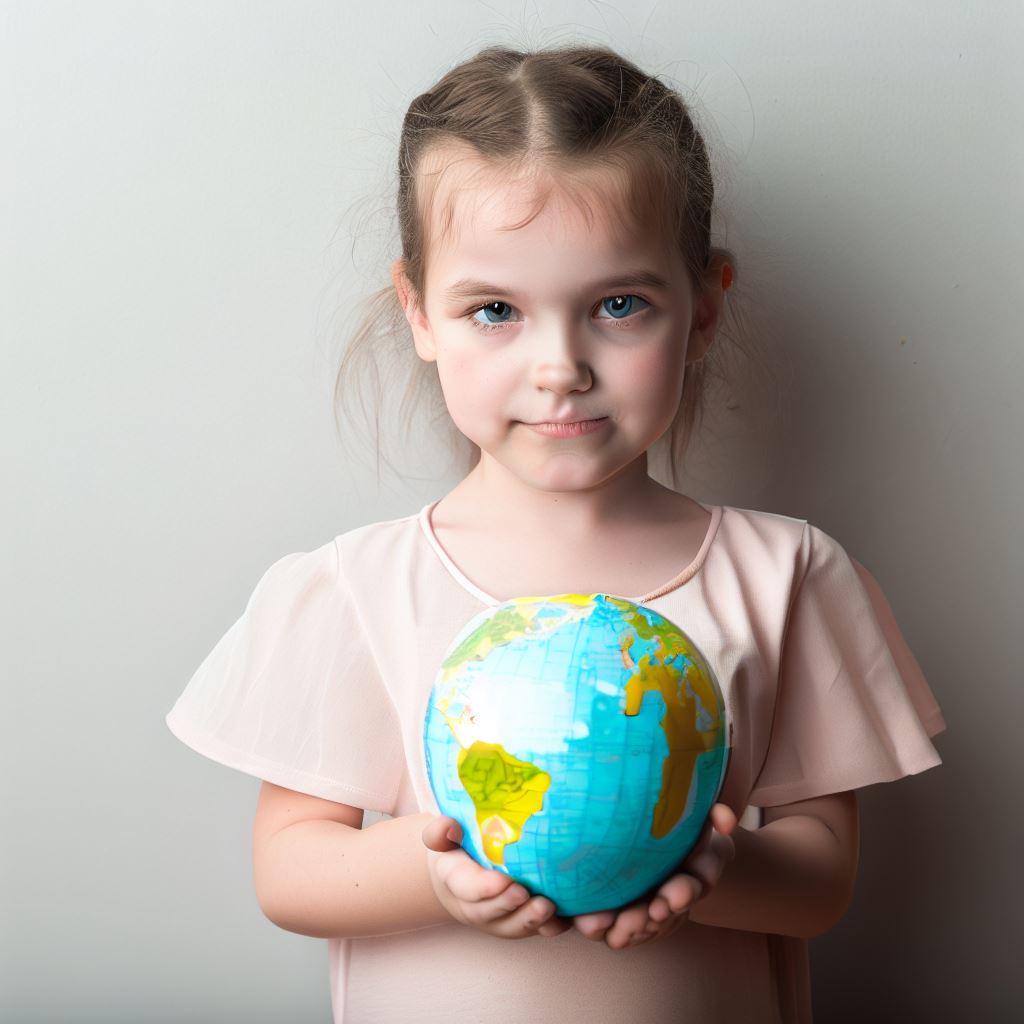What It Is, Causes, Symptoms & Treatment
Global Developmental Delay

What is Global Developmental Delay (GDD)?
Causes of Global Developmental Delay
The underlying causes of Global Developmental Delay can be diverse and may not always have a clear explanation. Some potential factors contributing to GDD include:
1. Genetic Abnormalities: Certain genetic conditions and chromosomal abnormalities can lead to developmental delays.
2. Premature Birth: Babies born prematurely may experience delays due to their immature nervous system and organs.
3. Prenatal Factors: Exposure to toxins, infections, or substance abuse during pregnancy can impact a child’s development.
4. Perinatal Complications: Difficulties during labor and delivery, such as oxygen deprivation, can affect a child’s brain development.
5. Environmental Factors: A lack of stimulation, neglect, or adverse living conditions may hinder a child’s development.
Symptoms of Global Developmental Delay
The symptoms of Global Developmental Delay can vary depending on the specific areas affected and the severity of the delay. Some common signs and characteristics of GDD include:
1. Delayed Milestones: The child may reach developmental milestones (e.g., crawling, walking, speaking) significantly later than their peers.
2. Speech and Language Delays: Difficulty in developing language skills, using gestures, or expressing needs verbally.
3. Social Interaction Challenges: Limited eye contact, difficulty forming relationships, and struggles with social cues.
4. Cognitive Impairments: Problems with memory, attention, problem-solving, and understanding abstract concepts.
5. Motor Skill Difficulties: Delays in gross and fine motor skills, impacting activities like walking, running, and holding objects.
6. Play and Imaginative Deficits: Limited engagement in imaginative play and difficulty with creative expression.
Treatment and Support for Global Developmental Delay
1. Early Intervention Programs: Enrolling the child in specialized early intervention programs that address their individual needs.
2. Speech and Occupational Therapy: Providing therapy to enhance speech and language skills and improve motor development.
3. Behavioral Interventions: Implementing behavioral strategies to address social interaction difficulties and manage challenging behaviors.
4. Individualized Education Plans (IEPs): Creating personalized learning plans to accommodate the child’s specific learning style and abilities.
5. Family Support and Education: Involving parents and caregivers in the child’s development and providing resources for understanding and managing GDD.
6. Assistive Technology: Utilizing technology and tools to enhance communication and facilitate learning.
Conclusion
Reference
For more information, please refer to:
1. Centers for Disease Control and Prevention (CDC):
◦ Website: https://www.cdc.gov/
2. National Center for Learning Disabilities (NCLD):
◦ Website: https://www.ncld.org/
3. Autism Speaks (for Autism Spectrum Disorder):
◦ Website: https://www.autismspeaks.org/
4. The Arc (for Down Syndrome):
◦ Website: https://thearc.org/
5. Understood:
◦ Website: https://www.understood.org/
6. Learning Disabilities Association of America (LDA):
◦ Website: https://ldaamerica.org/
7. Ministry of Health Malaysia:
◦ Website: http://www.myhealth.gov.my/en/learning-disabilities-2/1
http://www.myhealth.gov.my/en/autism-spectrum-disorder/
8. National Down Syndrome Society of Malaysia (NDSSM):
◦ Website: https://ndss.org/
9. Early Autism Project Malaysia:
◦ Website: https://autismmalaysia.com/
